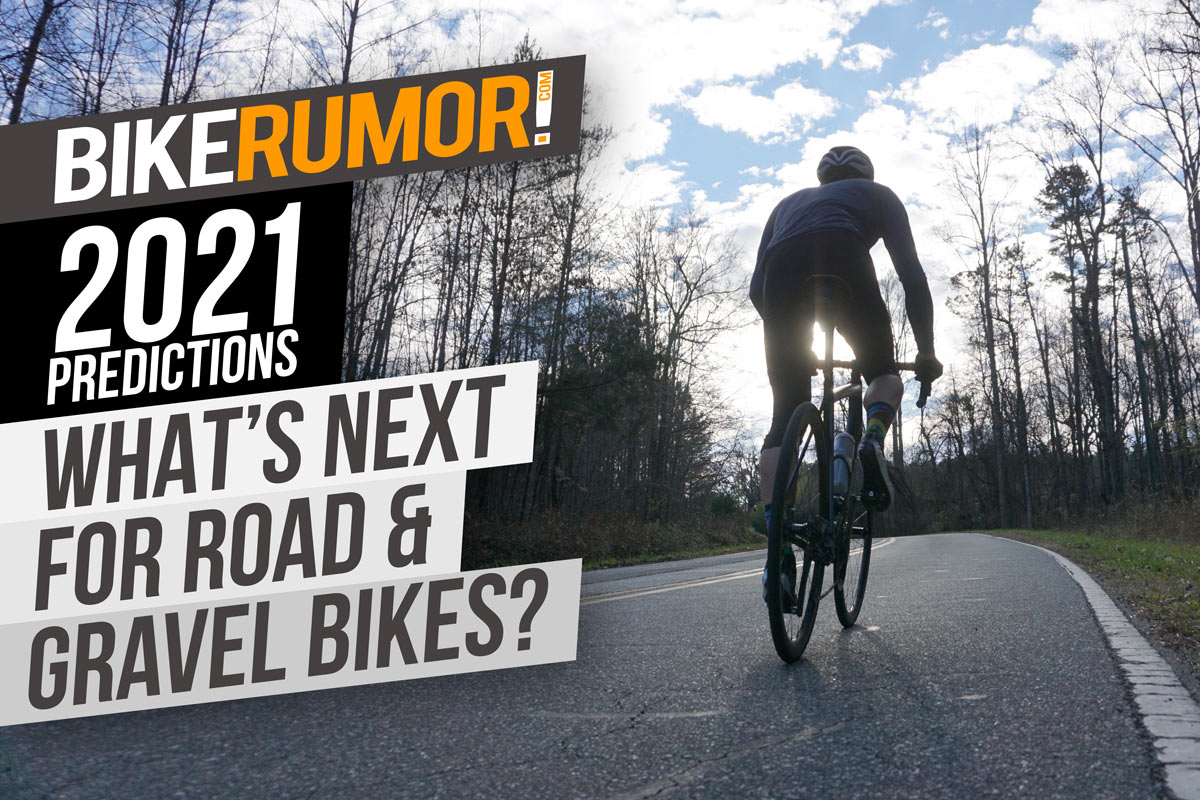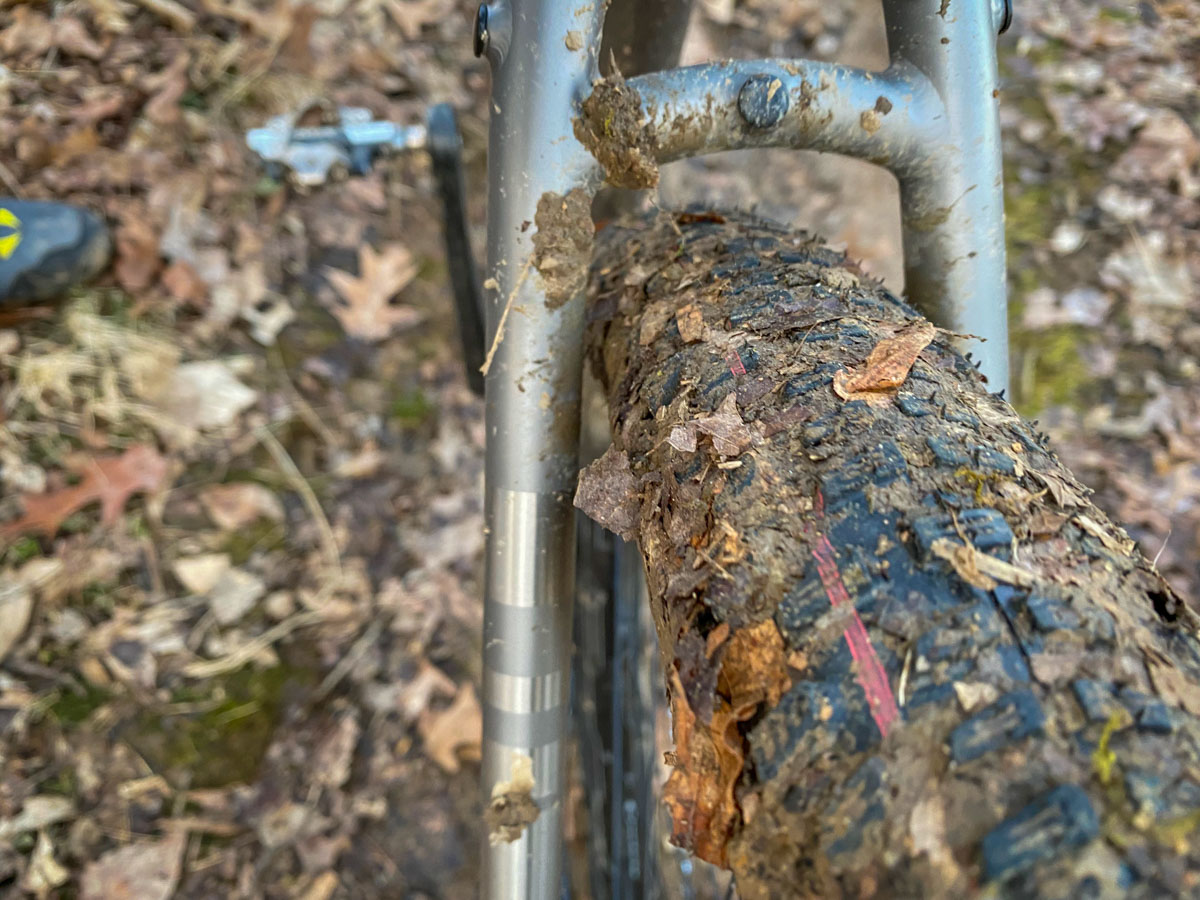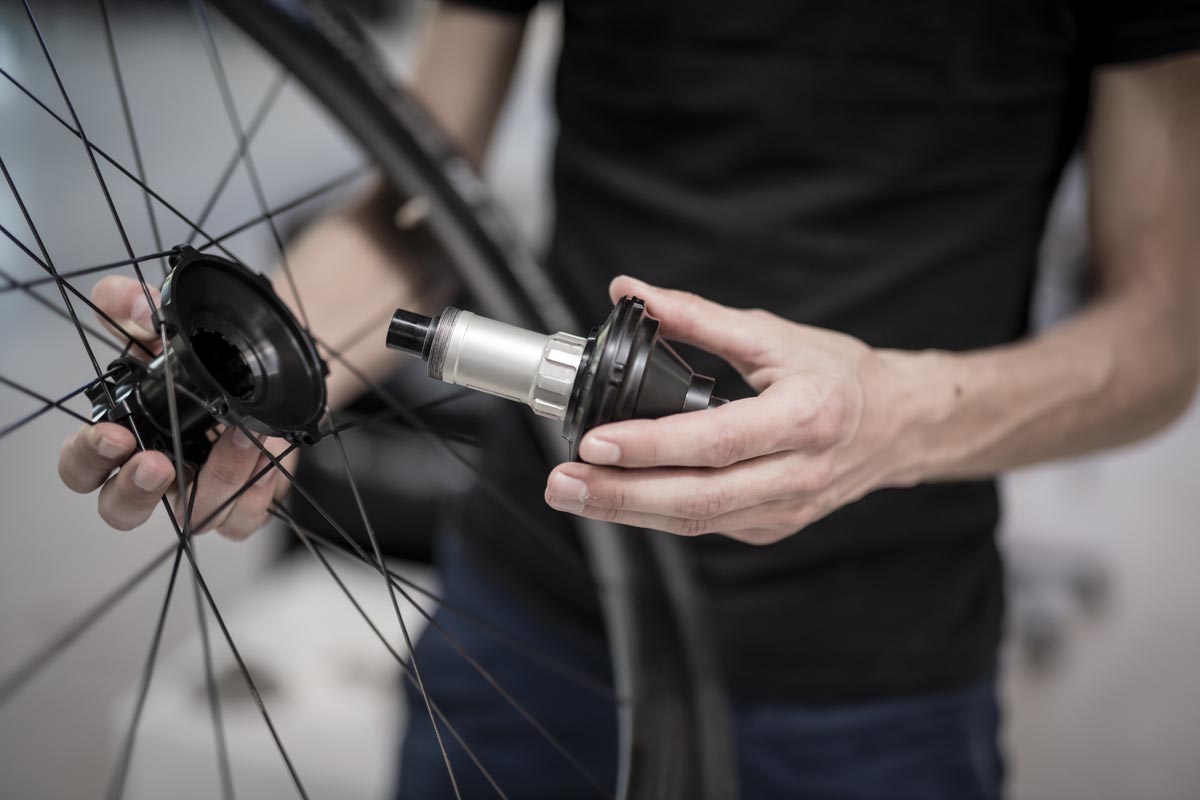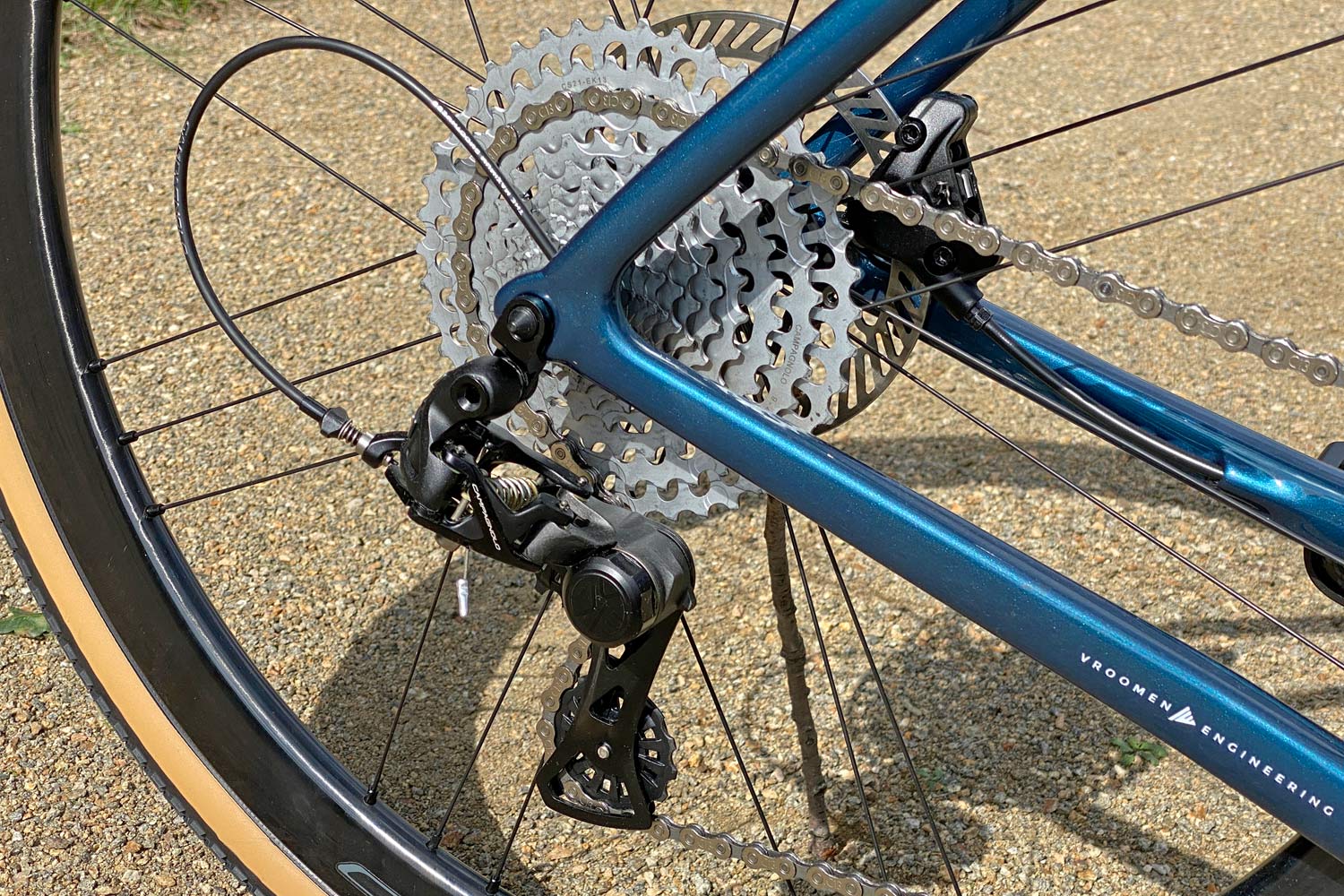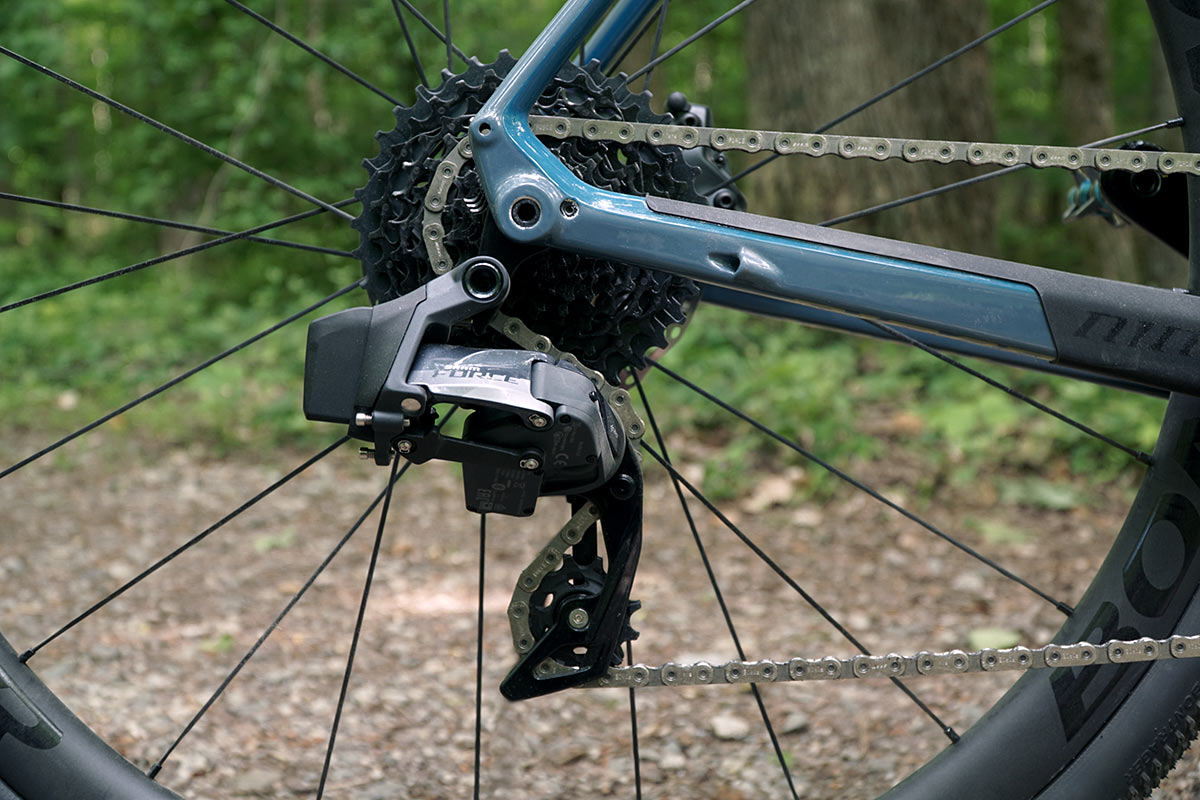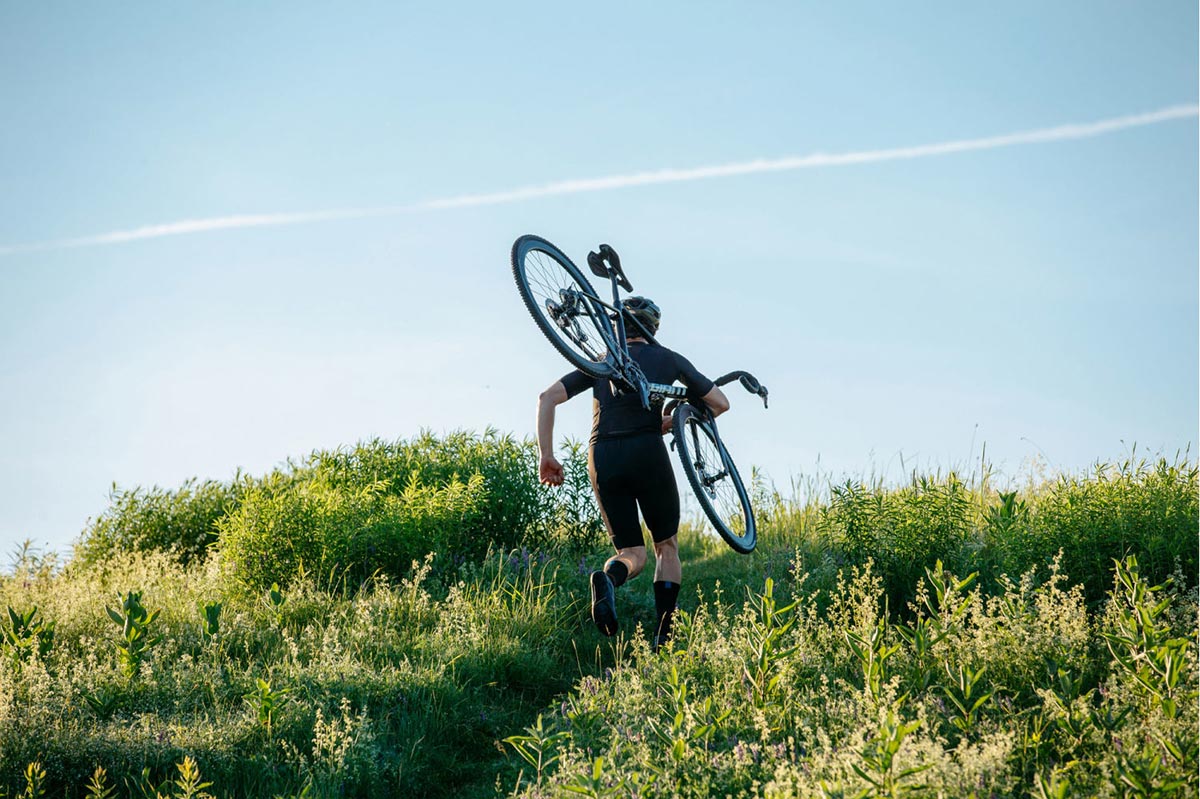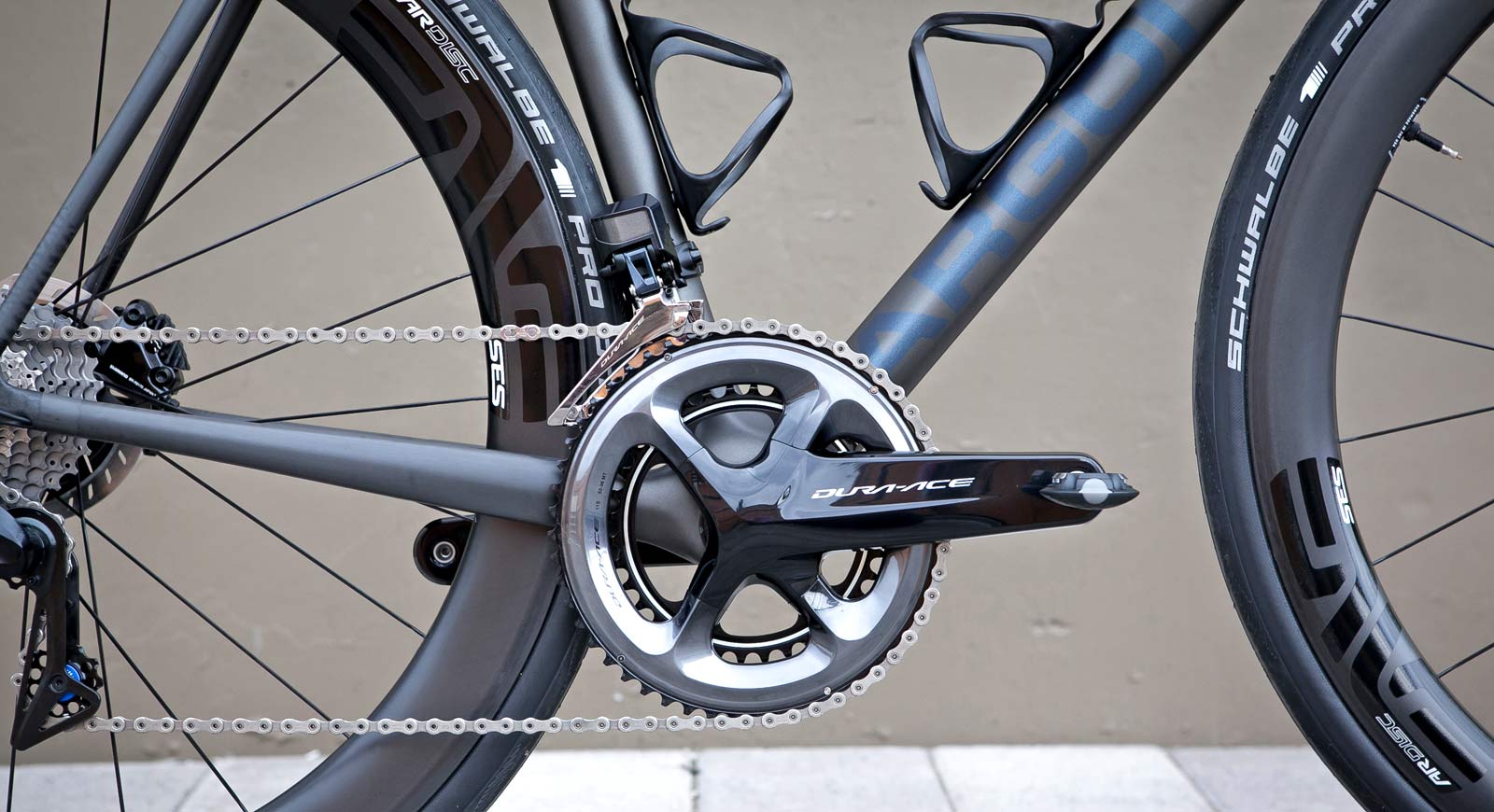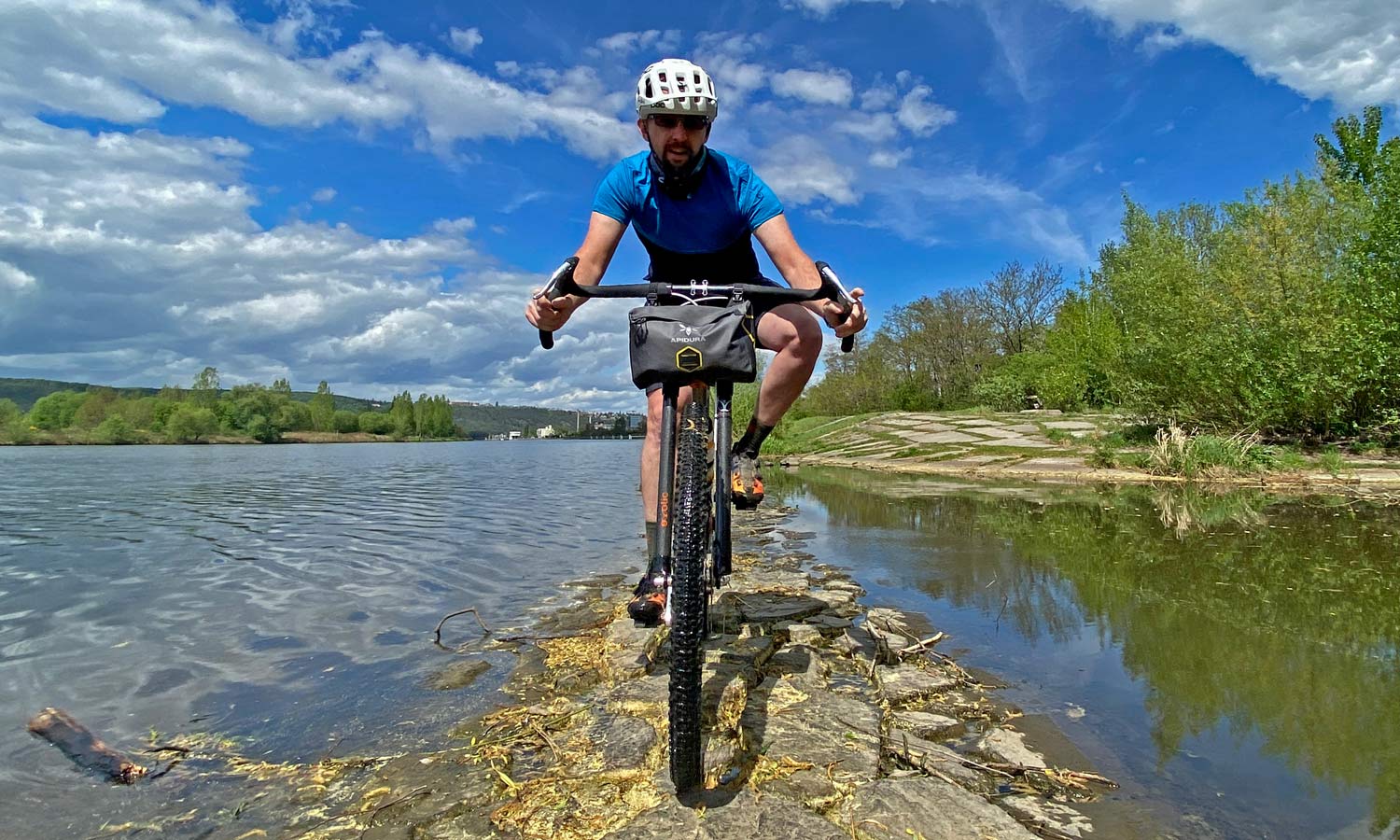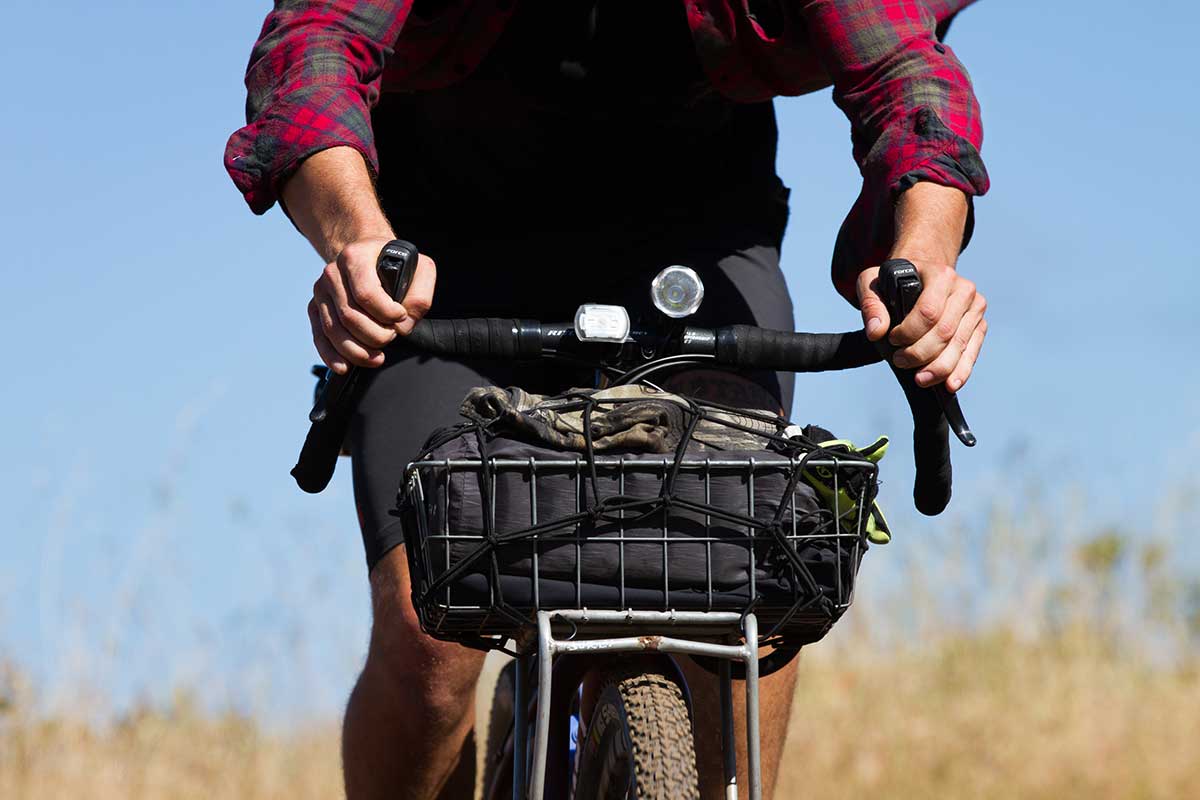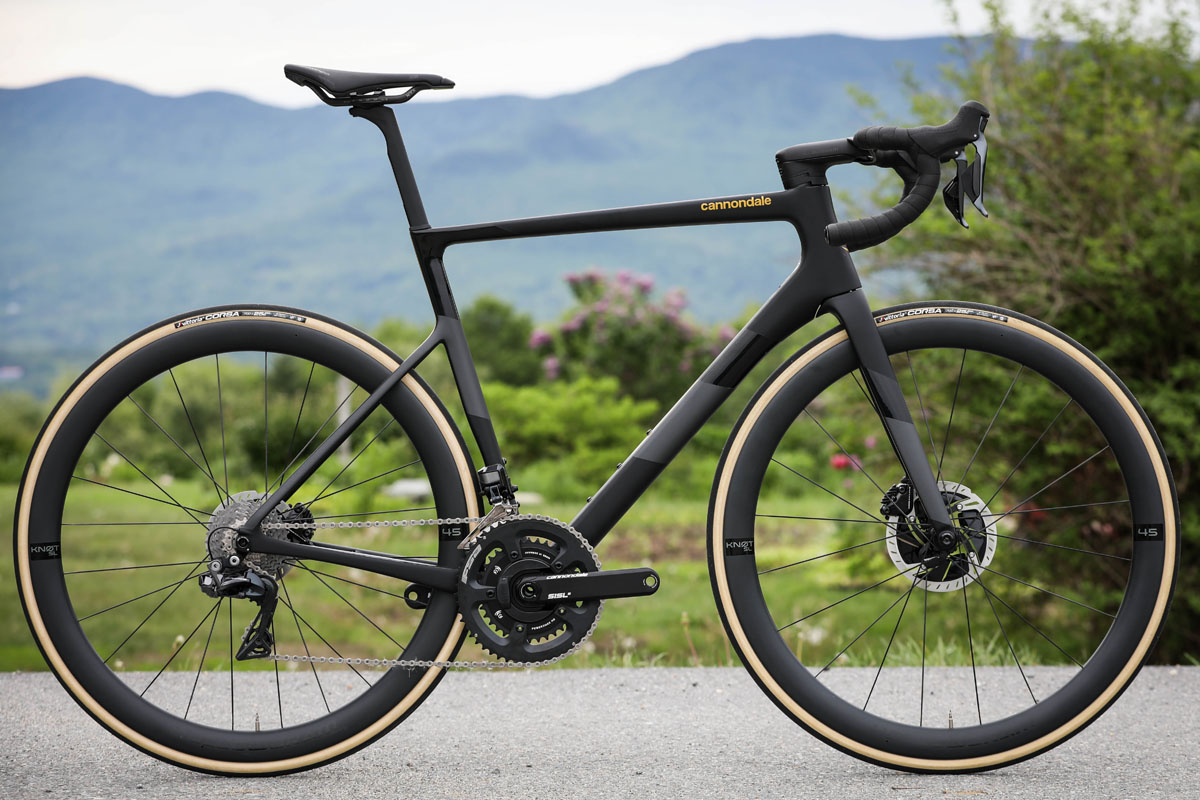Like every category, 2021 will pose some major hurdles for road & gravel bike availability. And while that may make it harder to find your next dream bike, we won’t be surprised to see these two categories continue to evolve in a number of ways. Here are our predictions on what we’ll see for drop bar bicycles in 2021…
More tire clearance
I think we say this every year – for a reason. With most bikes designed at least 2-3 years prior to their release, it can be hard to pinpoint where standards like tire clearance will land by the time the bike is released. At the time of their last design, a 40mm gravel tire may seem huge, only to be dwarfed by 45mm and larger tires that are growing in popularity.
The same goes for road bikes – years ago, many riders couldn’t imagine ever riding larger than 25mm slicks. Now, 28mm is close to becoming the standard, with clearance for 30 and even 32mm rubber fairly common.
The proliferation of wider rims, which can make tires run larger than their specifications suggest, means the need for frames and forks that will clear bigger tires – especially if mud clearance is a requirement.
Which means less 650B
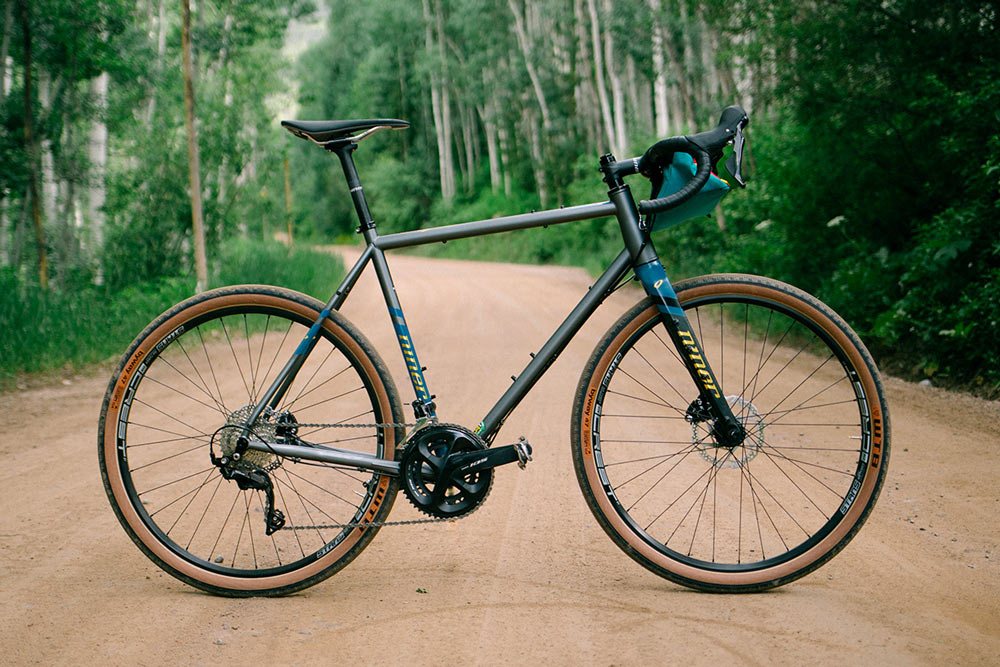
For the same reasons we expect more tire clearance on gravel bikes, we suspect there’ll be fewer 650B bikes and builds. Over the past two years, we’ve seen fewer and fewer gravel bikes designed around 650B, even for smaller frame sizes and shorter riders. And many of those are sold as 700c builds with the option to run 650B wheels and tires.
If you can run a 700×50 tire, which measures ~2″ wide, and get the improved rolling speed and rollover smoothness, why would you want a 650B setup just to gain 0.1″ of tire width?
For the shortest riders, some brands will likely always offer a 650B option for road bikes, where tighter geometry can incur toe overlap penalties. But on gravel, our bets are on most bikes being 700c going forward.
More 1x drivetrains (sort of)
The rise of the mullet drivetrain, pairing drop bar shifters with wide range MTB cassette gearing, may finally seal the deal for 1x drivetrains on gravel bikes.
Even with the wider range gearing, the large steps between gears will still probably make it a tough sell for road bikes. But if the Classified hub system, with internal 2-speed wireless gearing that effectively replaces a front double chainring and derailleur, catches on, we could see more bikes ditch the front derailleurs in favor of a “2x” system with the “front shifting” packaged into the rear hub.
The new wide-range Campagnolo Ekar group could also be a nudge toward 1x for road. It’s lightweight, provides plenty of range, and offers tighter gear steps than moving all the way up to an ultra-wide mountain bike cassette.
Along those lines, could this finally be the year that SRAM answers everyone’s request for a mid-range 12-speed cassette that falls somewhere between Eagle and their current 11-36 options. Sadly, the only 11-42 option left in the line is their low-level PG1130 cassette. And the splashy introduction around 2×12 Force Wider Gearing probably means chances are low that we’ll see a 12-speed 10-42 cassette, but we can hope, can’t we?
Cyclo-what?
If you had to guess how many stories we published this year with the word “cyclocross” in the title, what would you think?
The answer is Three.
And only one of those was about a new bike. The others were for cyclocross tire inserts, and some gravel wheels that can also work for cyclocross. Barring those, there was virtually no real development in the CX category. And we don’t see that changing much for 2021, despite the racing having continued through COVID. We love ‘cross as much as anyone, it’s just that everyone’s more interested in gravel now.
New road groups?
Perhaps the surest prediction we’ll make is that we’ll see a new Shimano Dura-Ace group. It’s time, but it’s also Shimano’s 100th Anniversary. Unfortunately, COVID concerns (especially in Japan at the moment) mean we may not get a celebratory blowout launch party, but the group itself will almost certainly make a debut.
The questions we have are around the gearing and tech…will they go 12 or 13 speed? Will there be a wide wide range option, or will it stick to traditional road numbers and leave GRX to cover the rest? And will Di2 go wireless? Regardless of those things, we’re pretty sure the design and technology will be every bit as impressive as what they pulled off with XTR.
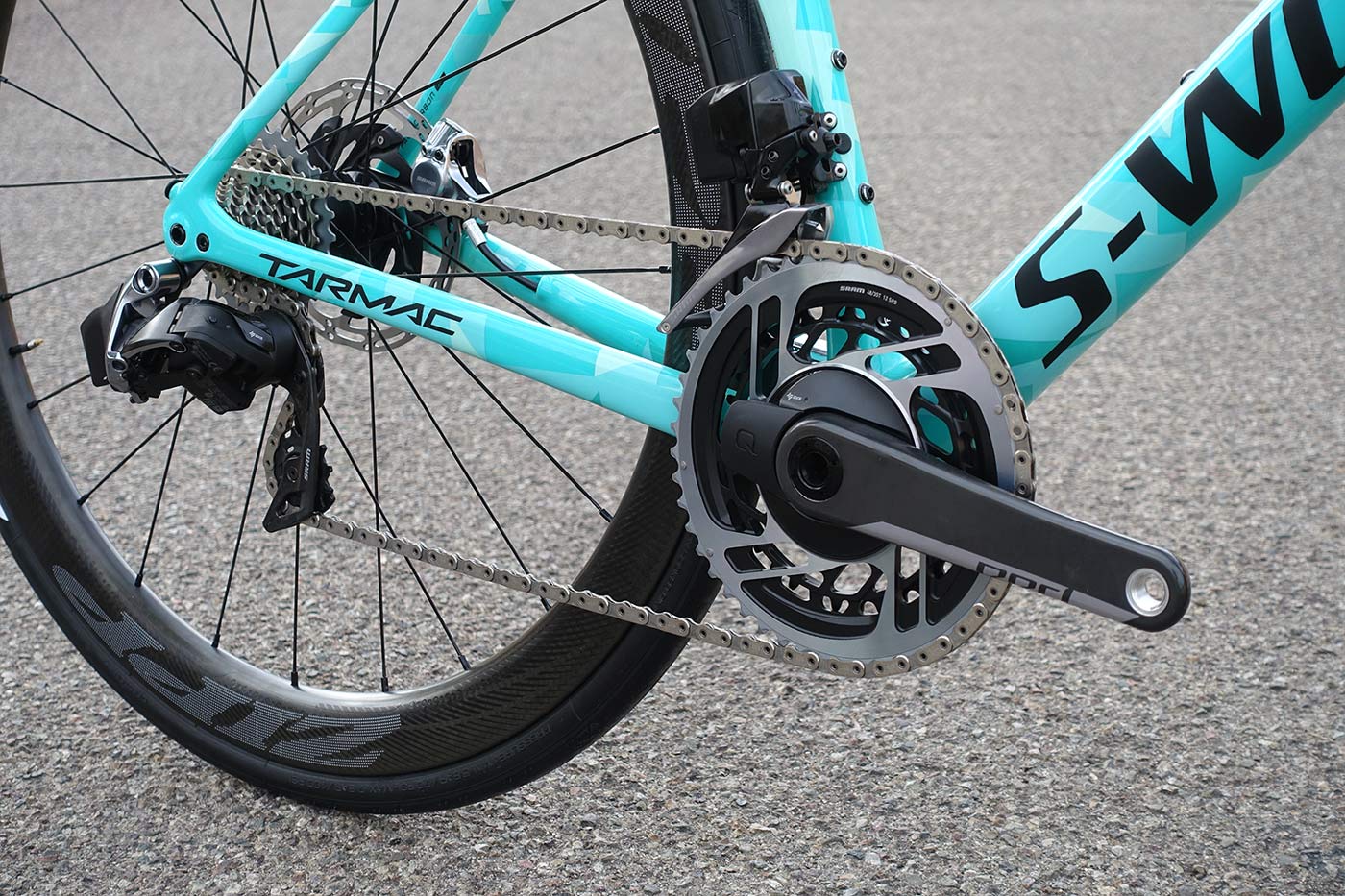
Jumping back to SRAM, another thing we’d all love to see them launch is a freakin’ 12-speed mechanical group. The AXS wireless shifting is amazing, but they are no doubt losing OEM placements and more cost-conscious consumers at this point by not offering a high end, mechanically actuated group.
They’ve proven they can make a great shifting, really light mechanical group, so it’s a shame they keep leaving us wanting on this. Here’s hoping 2021 is the year they finally give the people what they want. Unless they bring wireless to the Apex level…because at that point, who needs cables?
Wider bars & shorter stems
We saw this happen with mountain bikes, and now we’re seeing it for the dropbar crowd. Given that narrower bars and longer stems are still proving to be more aerodynamic, we expect more of a split between the performance road segment looking for every speed advantage, and the gravel/all-road segment who is willing to make small sacrifices in aerodynamics for increased control and comfort.
It would make sense for the bikepacking crowd to stay at the wider end of this trend as fully loaded bikes tend to be slower anyway, and the wider bars make it easier to load up and and control the heavy front ends.
We’re also thinking that some component brands might start putting a little flare on their road handlebars. It’s nearly a standard thing now for gravel, but by pushing the drops out a bit wider than the hoods, it offers more wrist clearance and better comfort when you’re tucking low. Which, we think, is probably something you’re doing more on your road bike than your gravel bike anyway, so, um, yeah.
More integration
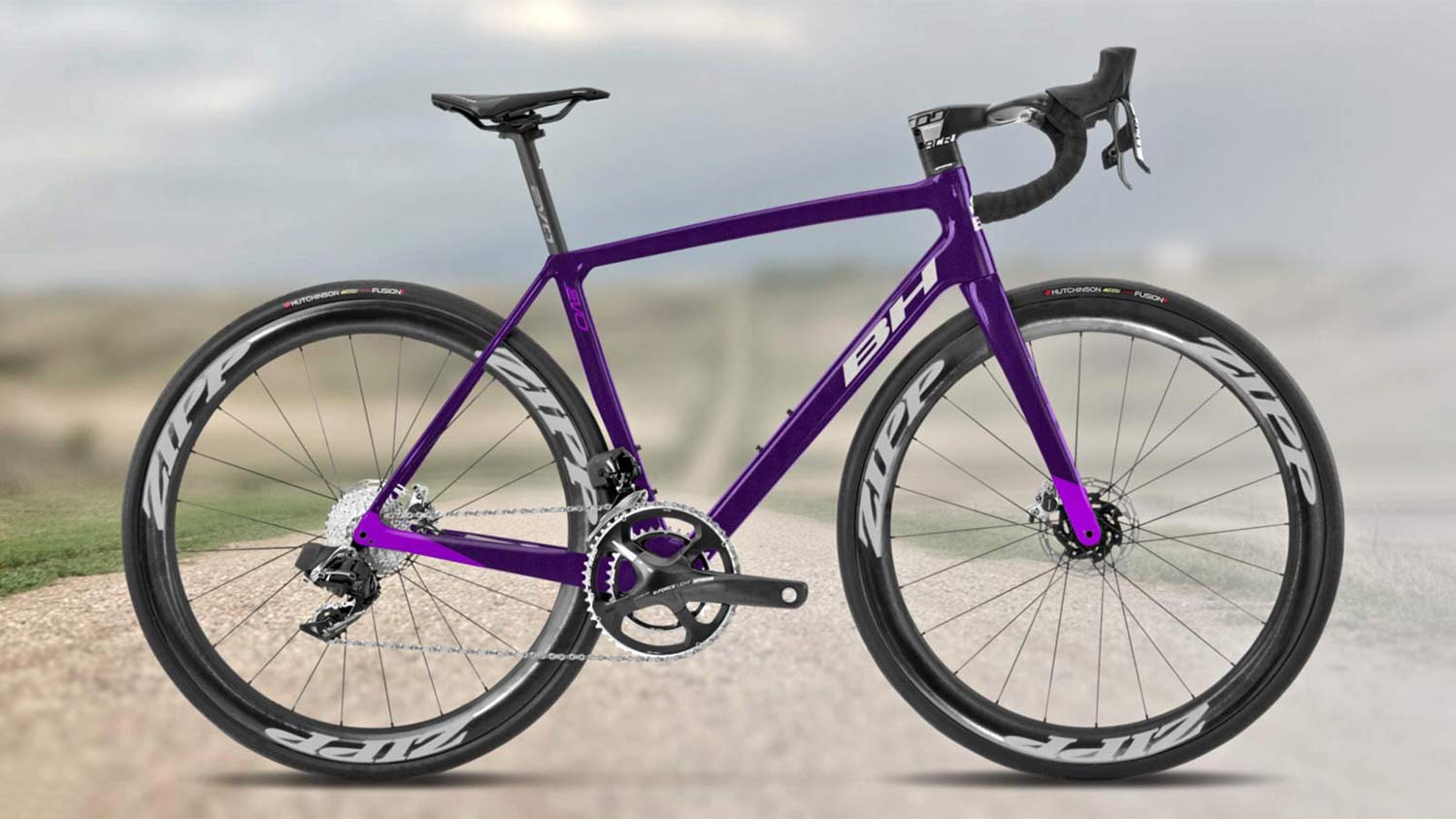
We said it last year and we’ll say it again. Love it or lump it, cable and wire integration is going to continue to spread. It’s an easy aerodynamic gain, and most of us appreciate the cleaner aesthetic. If we’re being honest, most riders rarely need to change a brake hose, and full length internal cable routing is now nearly ubiquitous, so the maintenance downsides are few.
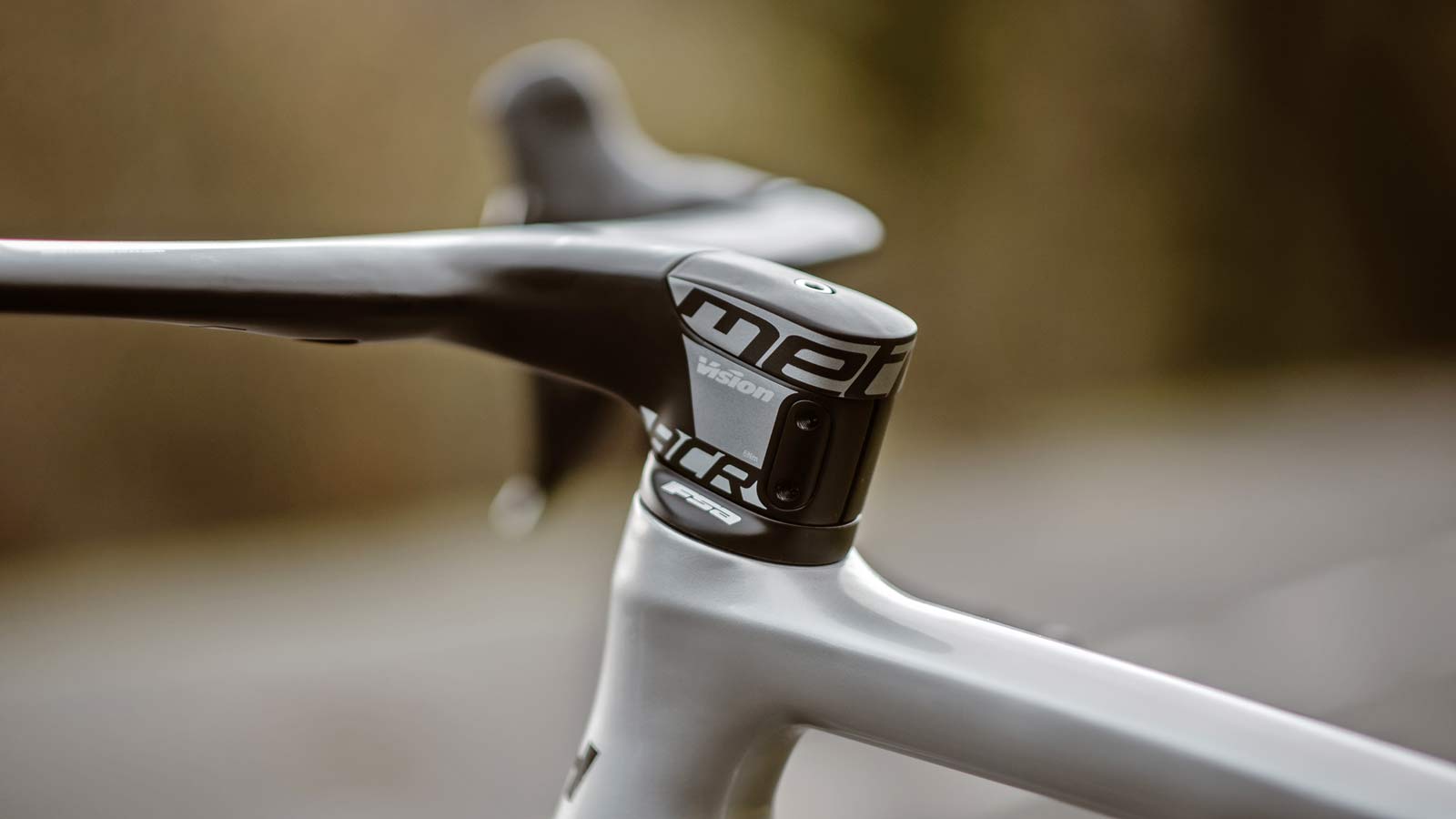
It used to be that integrated designs would add a bit of weight compared to tiny cable stops and less housing. But that problem has basically gone away, with marginal aero gains becoming more important, and better layup and designs mitigating any weight penalty. Need examples? Just look at the latest BH Ultralight and Trek Emonda as proof.
Lighter bikes…maybe?
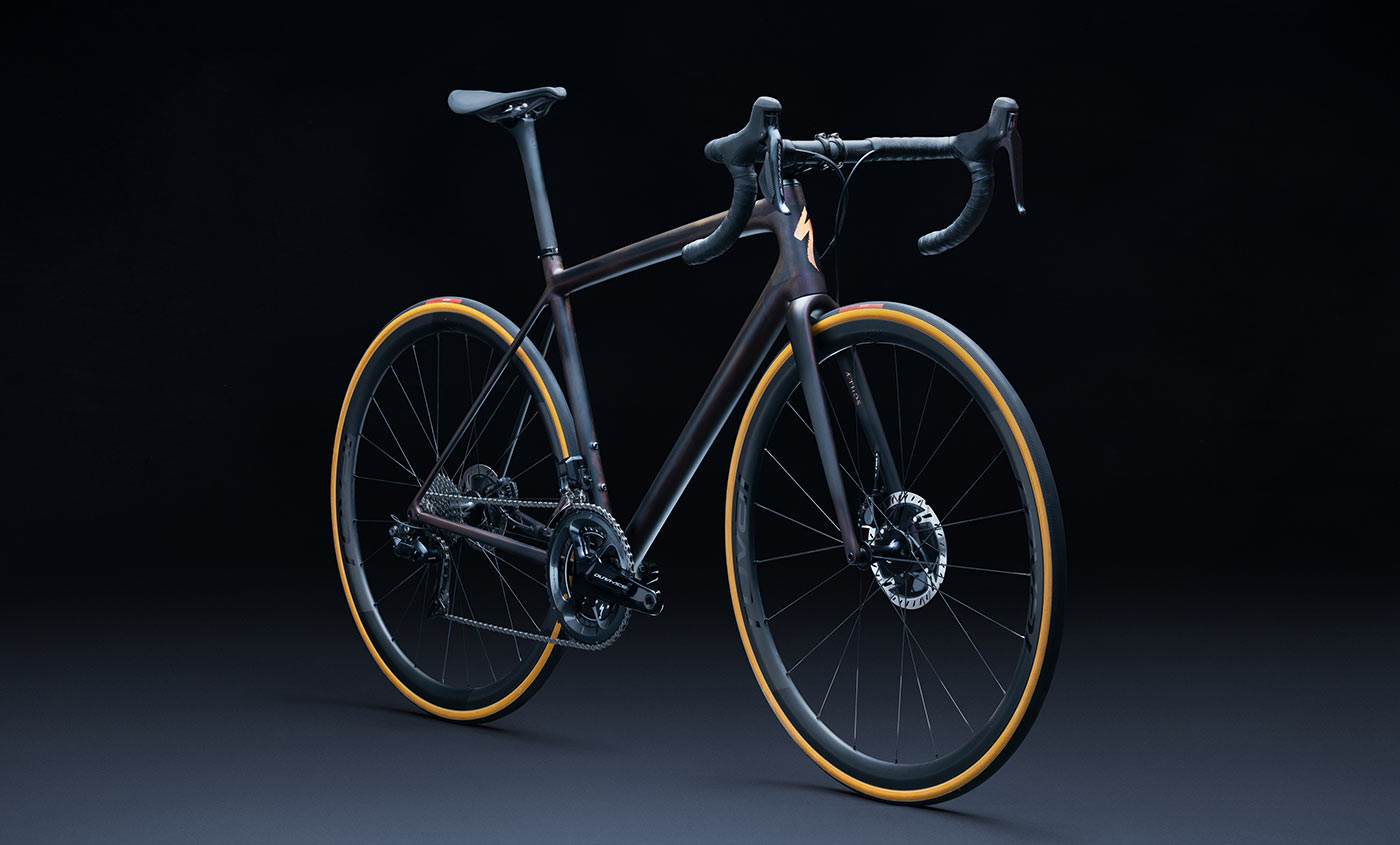
This one’s our most speculative of the predictions. Specialized kinda surprised everyone with the 585g Aethos by eschewing the aerodynamic upgrades and crazy integrations that have become more and more popular. And then they launched almost-as-light Pro and Expert level versions. And they ride amazing. In doing so, they’ve set the bar pretty, um, low for achieving “lightest bike in the world” status. Well, full production bikes, that is. With normal parts and standards.
Surely this raised alarms at Cannondale, who recently revised their SystemSix EVO and who has long prided itself on offering some of the lightest bikes around. And Trek and BH (mentioned above), too, among others.
Assuming they were caught as off guard as we were, will they (or anyone else) be able to counter in such a short time frame? Specialized spent years testing and refining the Aethos before launching it. And when a frame (or part) pushes the boundaries, it needs a lot of R&D and testing.
Which means you either need a lot of time, or a lot of money. Or both. Specialized had both, but only a few other brands have the financial resources to fuel such an ambitious, R&D-heavy project, but it’ll likely take at least a full year to get anywhere close to production ready.
E-Road Bikes are officially a thing
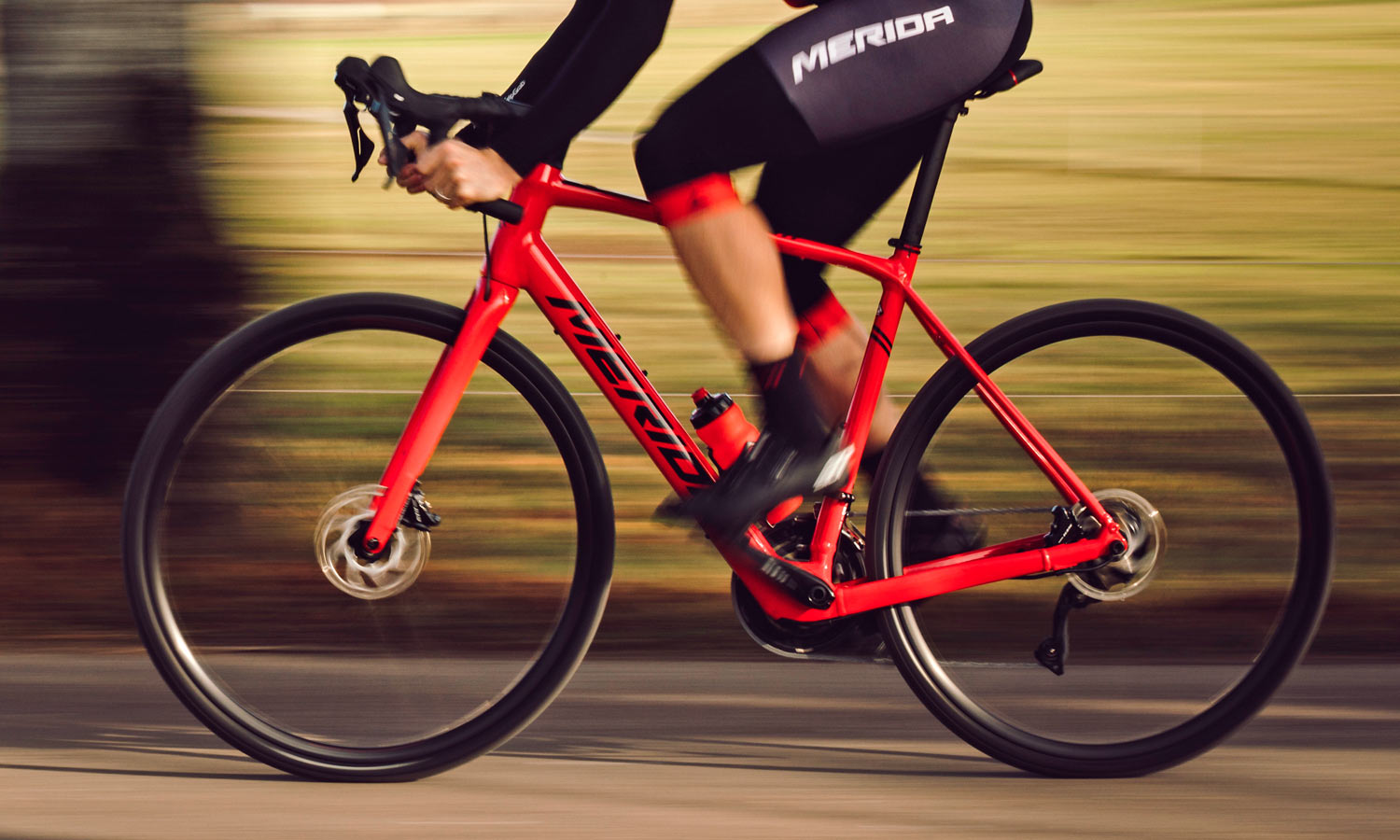
They didn’t debut last year, but they certainly got better, lighter, and more streamlined in 2020. And you can expect that to continue, with more brands launching them, and the existing models getting better.
Want proof the category is progressing? Scott just launched the “lightest e-road bike ever“, Trek added a more affordable version of the Domane+, Canyon got into the game, Yamaha brought their e-road bikes to the U.S., Orbea pushed the stealth integration even further, and BH’s Core Carbon upped the range to 137 miles!
Hub motors aren’t dead yet, either, which allowed Merida to make a range of all-road and gravel e-bikes that are almost indistinguishable from regular bikes.
It’s easy to knock this category as ridiculous, but we’ve been using one to allow our family and friends to join us on big rides they’d otherwise not be able to do…including a three-day, 240+ mile bikepacking trip in NC!
Update: Yes, it looks like Road Boost spacing is a thing now too!

It started with a smattering of e-road & e-gravel bikes for a few years – think Focus Paralane², Specialized Turbo Creo SL, and Canyon Grail:ON. But now, the Focus Atlas gravel bike has gone with the new 12x148mm rear + 12x110mm spacing. And the new standard’s adoption by wheel & hub makers suggests that Road Boost isn’t going away anytime soon. Read all about it here.
What else is coming?
Have you spotted a trend we missed? What do you think is coming next for road, gravel or cyclocross bikes in 2021? Leave your thoughts in the comments, and be sure to check out our general predictions for the cycling industry as a whole, too!
